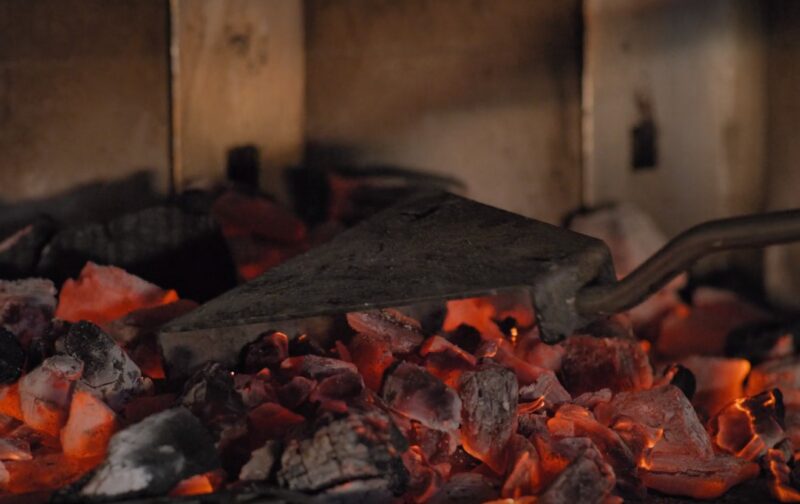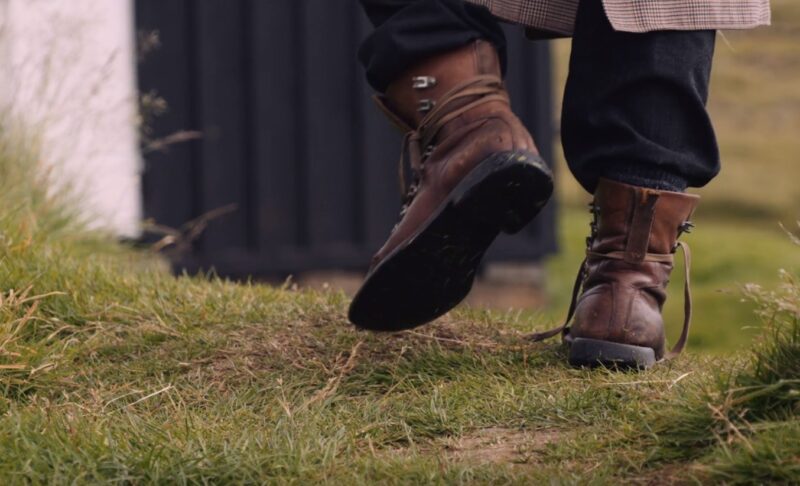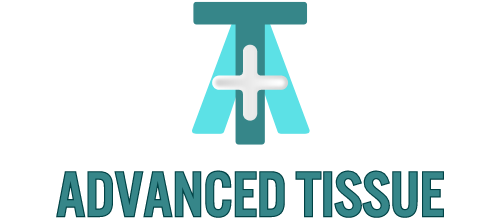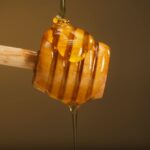A Swiss army knife could be used as a cauterizing tool in an emergency situation. Medicare is offered in a variety of forms, so it…
Medicare is offered in a variety of forms, so it is important to find the right coverage for yourself, your financial situation and your condition. If you are looking into wound care options, here are a few details to consider:
Some clinicians may remember a time when cauterizing a wound was more common. Often used as a survival tactic in only very dire situations, the practice within a health care setting is extremely rare – there are a number of other options that can be implemented that are often better for the patient. However, some situations call for the practice, so it is important to know how to perform this procedure, should the need present itself.

- Find a painkiller: Something that helps to minimize the nerve sensation in the patient will make the procedure more bearable to him or her. If nothing is available, give them something to bite down on.
- Heat the metal instrument: A knife, metal nail file or even a small metal spatula could be used as a cauterizing tool. As long as the tool has a handle, it should work. It is important to clean or sterilize the tool with alcohol before putting the tool over heat. Heat the metal until it is hot, but not so hot that it glows red or white.
- Place the metal on the wound: Because it is easy to hold the metal to the wound for too long (and thereby kill healthy tissue), you’ll want to cauterize in short, one- to two-second bursts.
Situations for Cauterization
Although rare, here are two situations where cauterization may be used in wound care:
Extreme Loss of Blood

If compression and elevation of the wound site does not cause the wound to stop bleeding and stitching the wound would take too long, cauterization can be used as a way to stop the bleeding. Patients can die when they lose about half of their total blood, so if a wound hits a major artery or blood vessel, this could be the best option.
Clotting Agents Not Available
Clotting agents, as well as tourniquets, can often slow the loss of blood in a patient in a much less painful way than cauterizing can. It is extremely rare for a health care facility to not have either of these options, so it is likely that this option will only be preferred in emergency
Inaccessible Medical Facilities

In remote or wilderness settings where immediate medical assistance is not available, cauterizing a wound may be necessary. This is particularly true in cases where the risk of bleeding out outweighs the potential damage caused by cauterization. In such scenarios, the availability of basic cauterization tools like a heated metal object can be a lifesaver.
Infection Risk in Severe Wounds
For wounds at high risk of infection, especially in environments with limited sanitation or where medical supplies like antibiotics are not available, cauterization can help. By sealing the wound, cauterization may prevent opportunistic infections in severe wounds, especially when other antiseptic methods are not feasible.
Battlefield or Combat Scenarios

In military or combat situations, where immediate medical care is not accessible, cauterization may be used to quickly stop bleeding from shrapnel wounds or gunshots. This method can be a critical interim solution until the injured person can be transported to a medical facility.
Post-Surgical Complications
In rare cases of post-surgical complications where there is uncontrolled bleeding, and conventional methods fail to stop it, cauterization might be employed as an emergency measure. This is more likely in scenarios where the patient has a blood clotting disorder or when other hemostatic techniques are insufficient.
FAQ
What are the risks associated with using a Swiss army knife for cauterization?
Using a non-medical tool like a Swiss army knife carries risks of infection, improper sterilization, and potential damage to tissues due to uneven heating or inappropriate application.
How effective is cauterization in stopping bleeding compared to modern methods?
While cauterization can be effective in stopping bleeding in emergency situations, modern hemostatic agents and techniques are generally safer and more effective.
Can cauterization be used for all types of wounds?
Cauterization is not suitable for all wound types, particularly those with large surface areas or in highly sensitive areas of the body. It’s typically reserved for small, deep wounds where blood vessels need to be sealed.
Are there first-aid alternatives to cauterization for emergency wound care?
Alternatives include applying direct pressure, using tourniquets, or applying hemostatic dressings if available.
What are the long-term effects of cauterizing a wound?
Long-term effects can include scarring, potential nerve damage, and the risk of wound infection, depending on the sterility and technique used.
Is self-cauterization advisable in a survival situation?
Self-cauterization should only be considered as a last resort in survival situations when there are no other options to control severe bleeding.
How can one prepare for emergency wound care in remote areas?
Preparation should include basic first aid training, carrying a well-equipped first aid kit, and having knowledge of emergency procedures like cauterization.
Final Words
Cauterization, although an ancient technique, holds a specific niche in modern emergency medicine, particularly in scenarios where conventional methods are not feasible. Understanding its application, risks, and alternatives is crucial for anyone involved in emergency medical care or in situations where medical resources are limited.
While it’s a method that should only be used as a last resort, the knowledge of cauterization and its correct implementation can be life-saving in extreme cases. Always prioritize safety, sterilization, and proper technique if you find yourself in a situation where cauterization is the only option.







